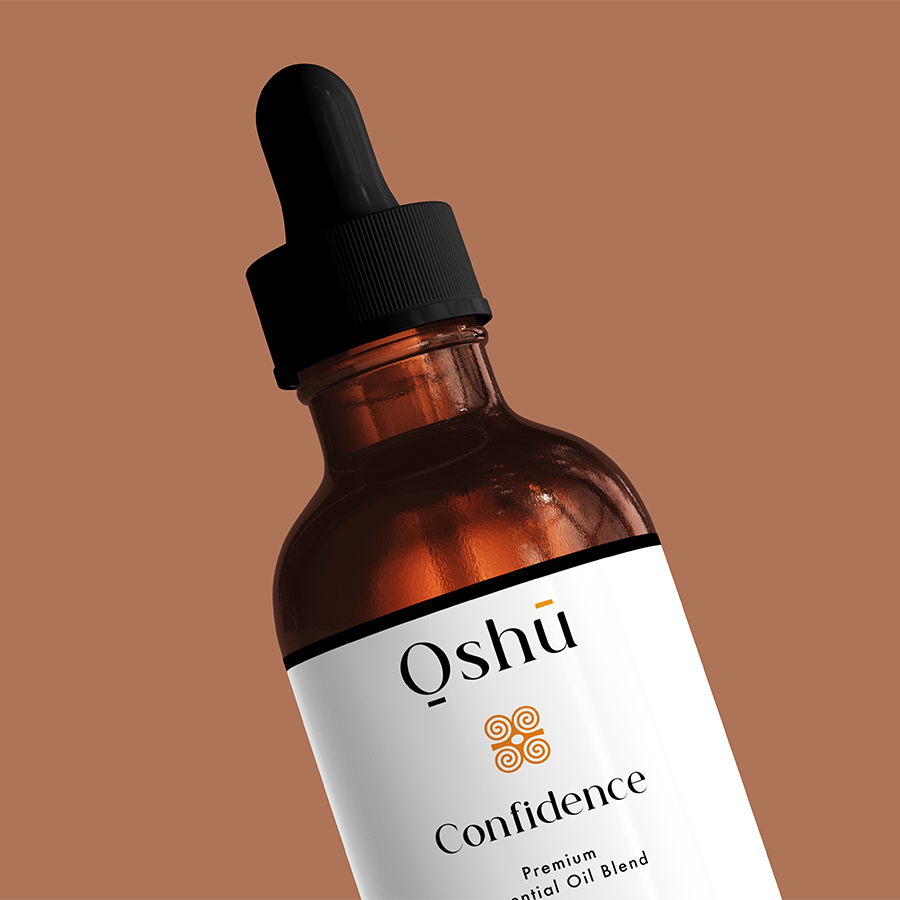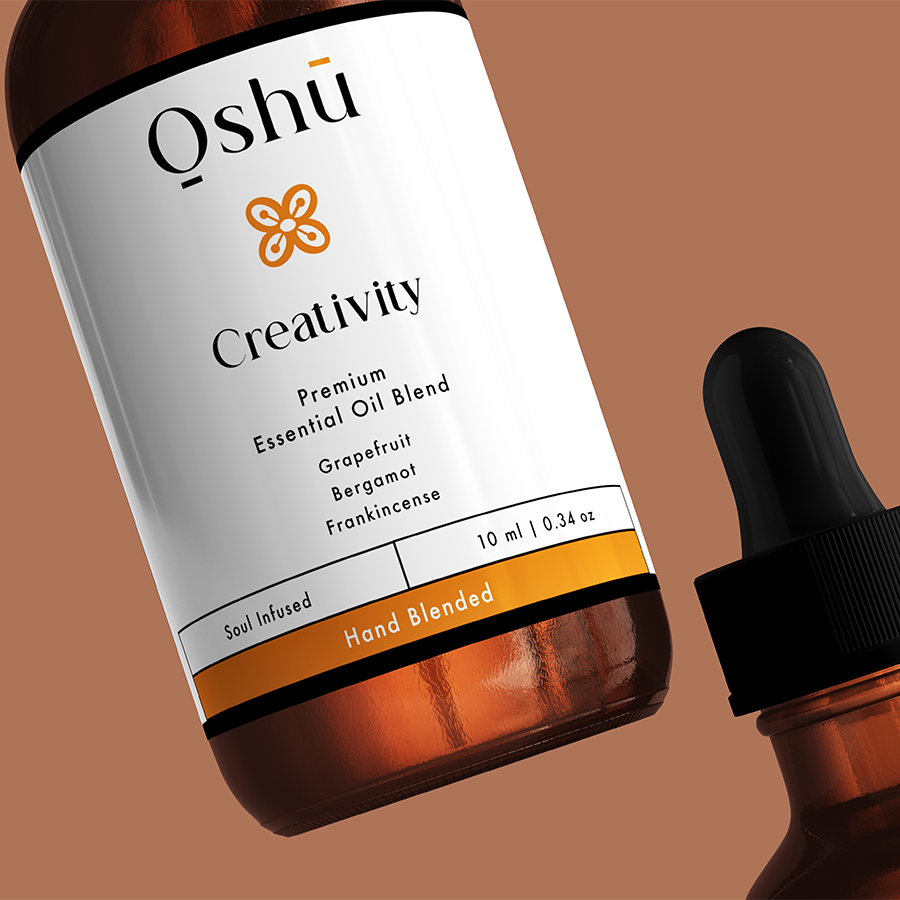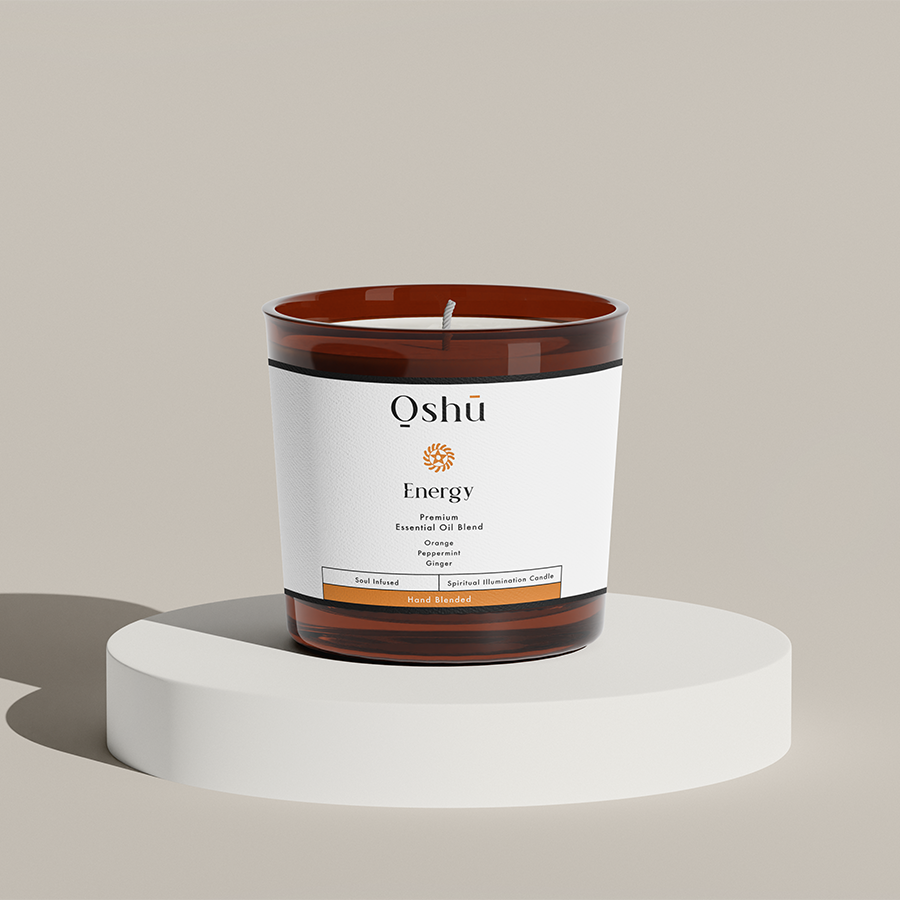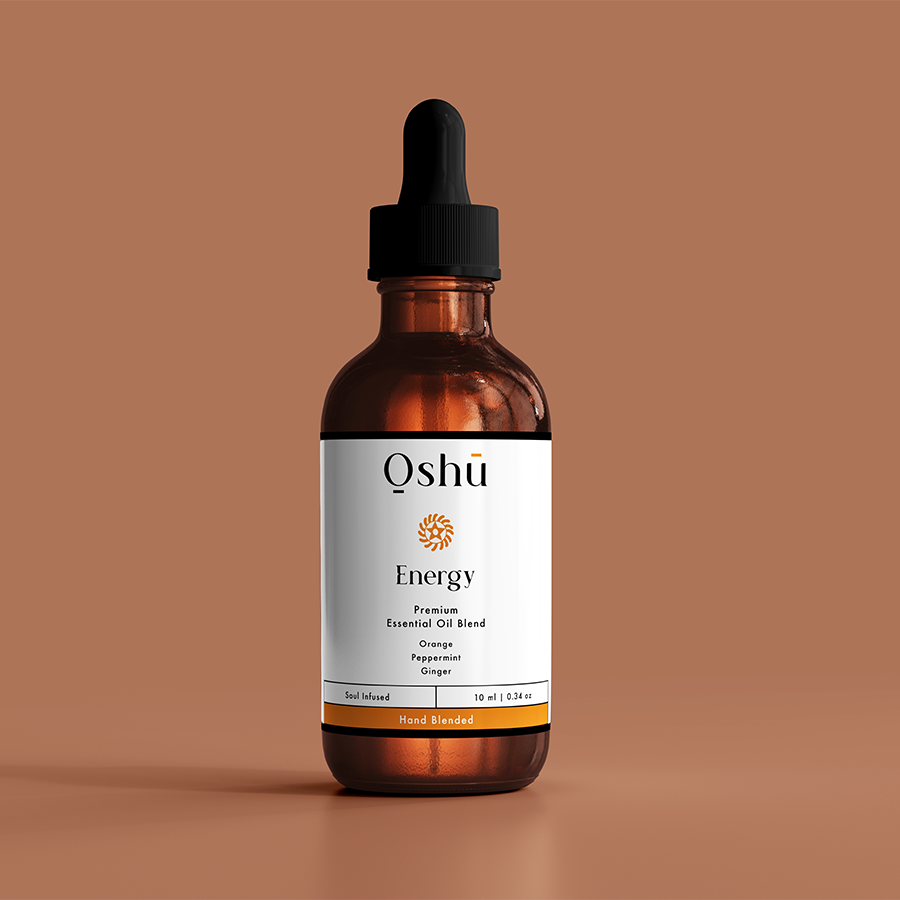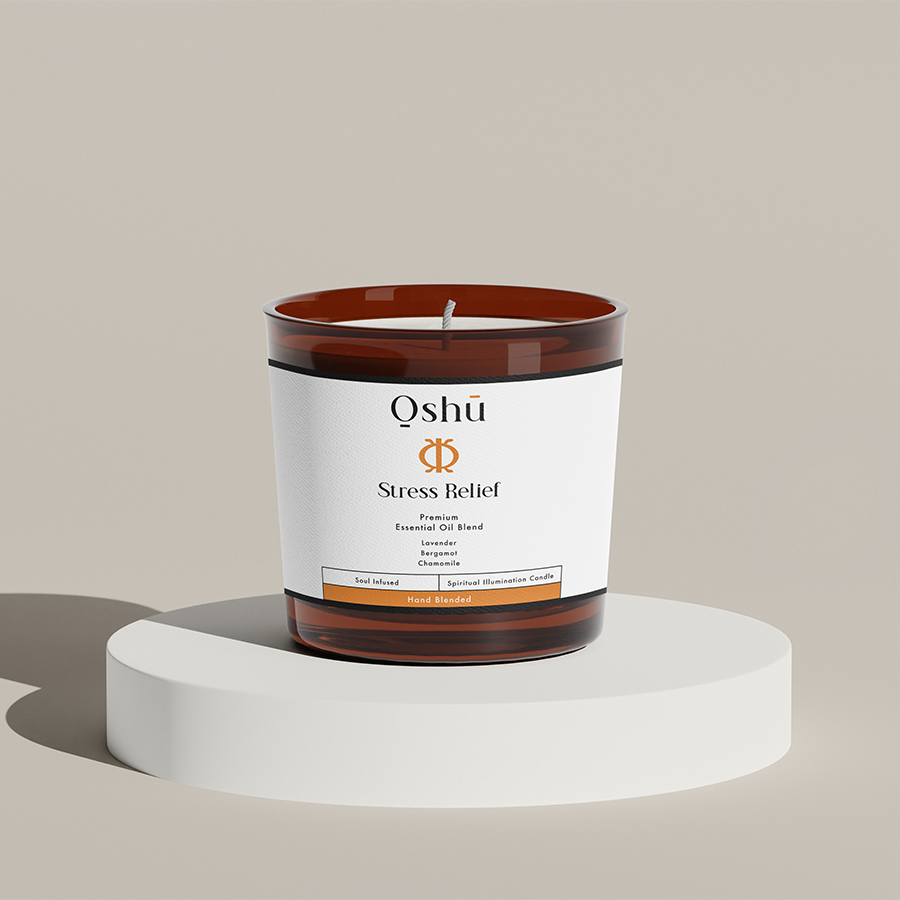Cradle cap, also known as infantile seborrhoeic dermatitis, is a common skin condition that affects babies and young children. It appears as a yellow, oily, and scaly patch on the scalp, often accompanied by redness and inflammation. Cradle cap is not a sign of poor hygiene or poor parenting, and it is not contagious. It is simply a skin condition that can be treated and managed with the right care and attention.
Table of Contents
Causes of Cradle Cap
The exact cause of cradle cap is still unknown, but it is thought to be related to the overproduction of sebum, an oily substance produced by the skin’s sebaceous glands. This excess sebum can combine with dead skin cells and other substances to create a thick, scaly crust on the scalp. Hormonal changes, allergies, and sensitivity to certain products can also contribute to the development of cradle cap.
Symptoms of Cradle Cap
The symptoms of cradle cap can vary in severity, but common signs include:
- Yellow, oily, and scaly patches on the scalp
- Redness and inflammation around the affected area
- Itching and discomfort
- Dandruff-like flakes on the scalp and in the hair
- In severe cases, cradle cap can spread to other areas of the body, such as the face, ears, and neck
Conventional Treatments for Cradle Cap
Conventional treatments for cradle cap often involve medicated shampoos, creams, and ointments that can help to reduce the symptoms and clear up the condition. However, these treatments can have harsh chemicals and may not be suitable for all babies, especially those with sensitive skin. Additionally, some conventional treatments may not address the underlying causes of cradle cap, leading to recurrence of the condition.
Essential Oils for Cradle Cap
Essential oils can be a gentle and effective way to treat cradle cap, especially when used in combination with other natural remedies. Some of the most beneficial essential oils for cradle cap include:
- Lavender oil: Known for its calming and soothing properties, lavender oil can help to reduce inflammation and promote relaxation.
- Tea tree oil: With its antifungal and antibacterial properties, tea tree oil can help to combat fungal and bacterial infections that may contribute to cradle cap.
- Geranium oil: This oil has antiseptic and anti-inflammatory properties, making it an effective treatment for cradle cap.
- Chamomile oil: Chamomile oil is known for its soothing and calming properties, which can help to reduce itching and discomfort associated with cradle cap.
How to Use Essential Oils for Cradle Cap
To use essential oils for cradle cap, you can try the following methods:
- Add a few drops of essential oil to your baby’s shampoo or conditioner
- Use a carrier oil such as coconut or olive oil to dilute the essential oil, and then gently massage it into your baby’s scalp
- Add essential oils to a warm bath to help soothe and calm the skin
- Use a gentle, essential oil-based cream or ointment to apply directly to the affected area
Remember to always dilute essential oils in a carrier oil and perform a patch test before using them on your baby’s skin.
Natural Remedies for Cradle Cap
In addition to essential oils, there are several natural remedies that can help to treat and manage cradle cap. Some of these remedies include:
- Coconut oil: This oil has antifungal and antibacterial properties, making it an effective treatment for cradle cap.
- Olive oil: Olive oil can help to moisturize and soothe the skin, reducing inflammation and discomfort.
- Apple cider vinegar: This natural acid can help to balance the pH of the skin and reduce fungal and bacterial infections.
- Medicated shampoos: Look for shampoos that are gentle and free of harsh chemicals, and that contain natural ingredients such as tea tree oil or aloe vera.
Prevention and Maintenance
To prevent cradle cap from recurring, it’s essential to maintain good skin care habits and use gentle, natural products on your baby’s skin. Some tips for prevention and maintenance include:
- Wash your baby’s hair regularly with a gentle shampoo
- Use a soft brush or comb to gently remove scales and flakes
- Avoid using harsh chemicals or products that can strip the skin of its natural oils
- Keep your baby’s scalp moisturized with a gentle oil or cream
By following these tips and using essential oils and natural remedies, you can help to treat and manage cradle cap, and promote healthy, happy skin for your baby.
Frequently Asked Questions
What is cradle cap and how does it affect babies?
Cradle cap, also known as infantile seborrhoeic dermatitis, is a common skin condition that affects babies in the first few months of life. It appears as a yellow, oily, scaly patch on the scalp, and can be accompanied by redness, irritation, and itchiness. Cradle cap can be uncomfortable and distressing for babies, and can also be a source of concern for parents.
What causes cradle cap?
The exact cause of cradle cap is still unknown, but it is thought to be linked to the overproduction of sebum, an oily substance produced by the sebaceous glands. This excess sebum can combine with dead skin cells and other substances to create a thick, crusty buildup on the scalp. Hormonal changes, allergies, and environmental factors may also play a role in the development of cradle cap.
How common is cradle cap?
Cradle cap is a very common condition, affecting an estimated 10-20% of babies in the first year of life. It is most common in babies between 2-6 months old, and tends to resolve on its own by the time the baby is 12-18 months old.
What are the symptoms of cradle cap?
The symptoms of cradle cap can vary in severity, but typically include a thick, yellow, oily, or crusty patch on the scalp, which may be accompanied by redness, irritation, and itchiness. In some cases, the patches may spread to other areas of the body, such as the face, ears, or neck.
How can essential oils help with cradle cap?
Essential oils can be a gentle and effective way to help soothe and calm the skin, reducing the symptoms of cradle cap. Certain essential oils, such as tea tree oil, lavender oil, and geranium oil, have antifungal and antibacterial properties that can help to reduce the buildup of yeast and bacteria on the scalp, which can contribute to cradle cap.
Which essential oils are best for cradle cap?
Some of the most effective essential oils for cradle cap include tea tree oil, lavender oil, geranium oil, and coconut oil. These oils can be used individually or in combination to create a gentle and soothing treatment for the scalp.
How do I use essential oils for cradle cap?
To use essential oils for cradle cap, mix a few drops of the oil with a carrier oil such as coconut or olive oil, and gently massage it into the scalp. Leave the mixture on for 15-30 minutes before shampooing as usual. You can also add a few drops of essential oil to your baby’s shampoo or conditioner for an extra boost of benefits.
Are essential oils safe for babies?
Yes, essential oils can be safe for babies when used properly. However, it’s important to dilute the oils in a carrier oil and to use them in small amounts, as babies have sensitive skin. It’s also important to choose high-quality, pure essential oils that are free of additives and chemicals.
Can I use essential oils on newborns?
It’s generally recommended to wait until your baby is at least 3-4 months old before using essential oils. Newborns have very sensitive skin, and essential oils can be too strong for them. However, if you do choose to use essential oils on a newborn, be sure to use a very small amount and dilute it heavily in a carrier oil.
How often should I use essential oils for cradle cap?
You can use essential oils for cradle cap as often as 2-3 times a week, or as needed. It’s best to start with a small amount and gradually increase as needed, and to monitor your baby’s skin for any signs of irritation or sensitivity.
Can I use essential oils on broken skin?
No, it’s generally not recommended to use essential oils on broken skin, as they can cause further irritation and discomfort. If your baby’s skin is broken or cracked, it’s best to wait until it has healed before using essential oils.
Can I use essential oils in conjunction with other treatments?
Yes, essential oils can be used in conjunction with other treatments, such as medicated shampoos or creams, to help soothe and calm the skin. However, be sure to talk to your pediatrician before combining treatments, as some may interact with each other.
How long does it take to see results with essential oils?
The amount of time it takes to see results with essential oils can vary depending on the severity of the cradle cap and the individual baby’s skin. Some babies may see results within a few days, while others may take longer. Be patient and consistent, and you may start to see improvements within 1-2 weeks.
Can essential oils prevent cradle cap?
While essential oils can’t completely prevent cradle cap, they may help to reduce the risk of developing the condition. Regular use of gentle, soothing essential oils such as lavender or chamomile may help to keep the scalp healthy and balanced, reducing the risk of cradle cap.
Are there any side effects to using essential oils for cradle cap?
While essential oils are generally safe, there is a risk of side effects, particularly if used in excess or undiluted. Some common side effects include skin irritation, allergic reactions, and respiratory problems. Be sure to use high-quality oils, dilute them properly, and monitor your baby’s skin for any signs of irritation.
Can I use essential oils on babies with sensitive skin?
Yes, essential oils can be used on babies with sensitive skin, but with caution. Be sure to choose gentle, soothing oils such as lavender or chamomile, and dilute them heavily in a carrier oil. Start with a small amount and monitor your baby’s skin for any signs of irritation or sensitivity.
How do I store essential oils?
Essential oils should be stored in a cool, dark place, away from direct sunlight and heat. Keep them in their original packaging or in a dark glass bottle, and be sure to label them clearly. This will help to preserve the quality and potency of the oils.
Can I use essential oils on babies with eczema or other skin conditions?
While essential oils can be beneficial for babies with eczema or other skin conditions, it’s important to exercise caution. Some essential oils can exacerbate certain conditions, so be sure to talk to your pediatrician before using them. Start with gentle, soothing oils and monitor your baby’s skin for any signs of irritation or sensitivity.
How do I choose a high-quality essential oil?
When choosing an essential oil, look for a reputable brand that uses high-quality, pure ingredients. Check the label for any additives or chemicals, and choose oils that are certified organic or wildcrafted. Be wary of cheap or heavily discounted oils, as they may be of poor quality.
Can I use essential oils in a diffuser for cradle cap?
Yes, essential oils can be used in a diffuser to help soothe and calm the skin, reducing the symptoms of cradle cap. However, be sure to use a gentle, baby-friendly blend and to monitor your baby’s skin for any signs of irritation or sensitivity.
How do I mix essential oils for cradle cap?
To mix essential oils for cradle cap, combine a few drops of the oil with a carrier oil such as coconut or olive oil. Start with a small amount, such as 1-2% essential oil to 98-99% carrier oil, and adjust as needed. You can also add a few drops of essential oil to your baby’s shampoo or conditioner for an extra boost of benefits.
Can I use essential oils on older children or adults with cradle cap?
Yes, essential oils can be used on older children or adults with cradle cap, although the dilution ratio may need to be adjusted. Be sure to choose oils that are suitable for the individual’s skin type and needs, and to monitor for any signs of irritation or sensitivity.




